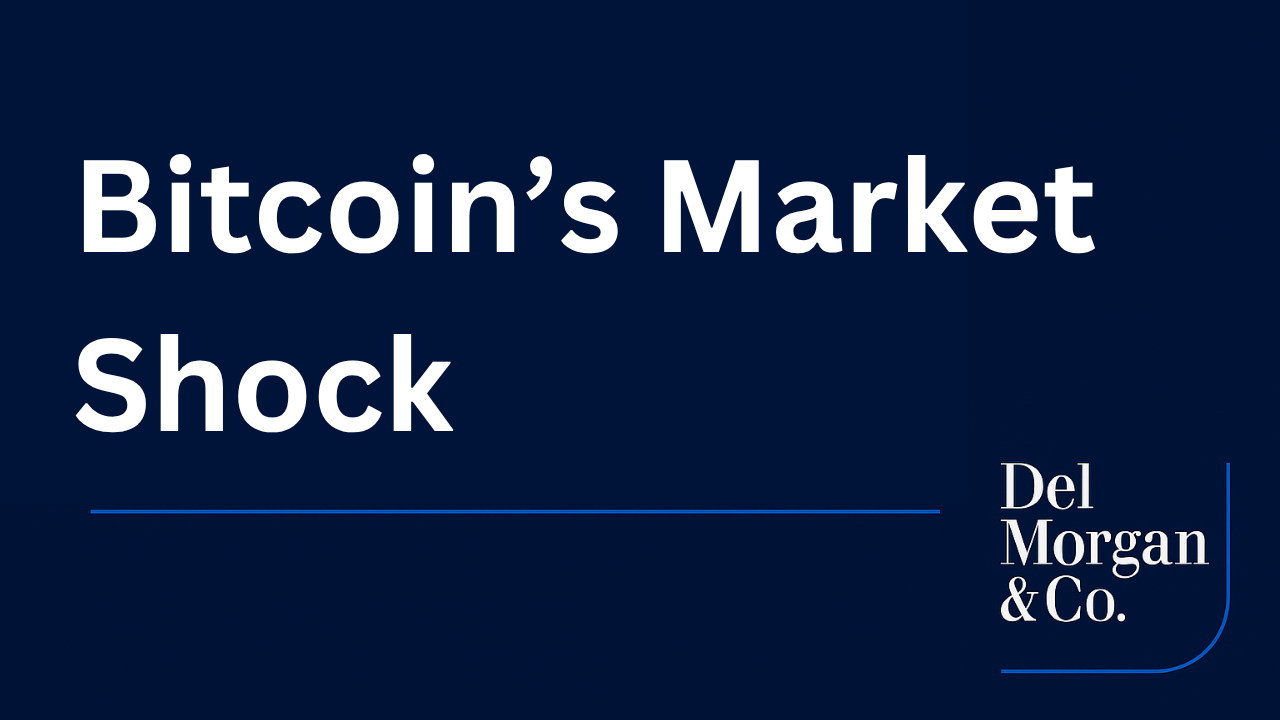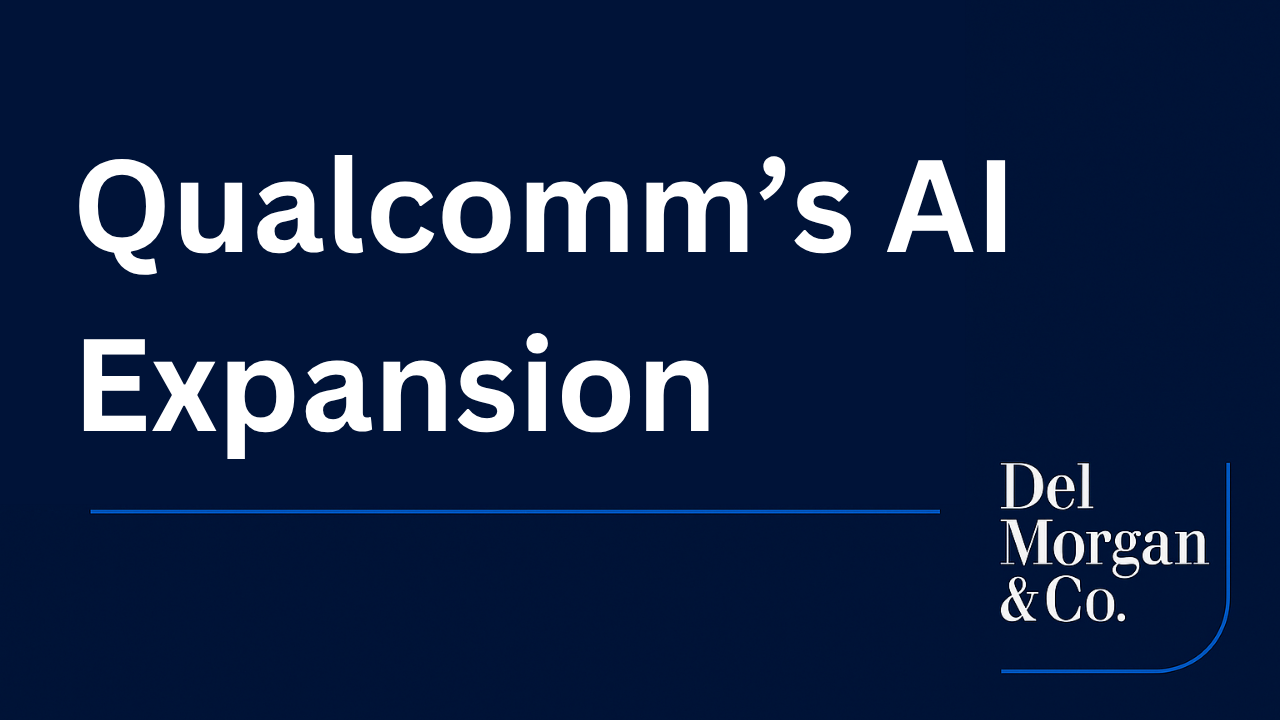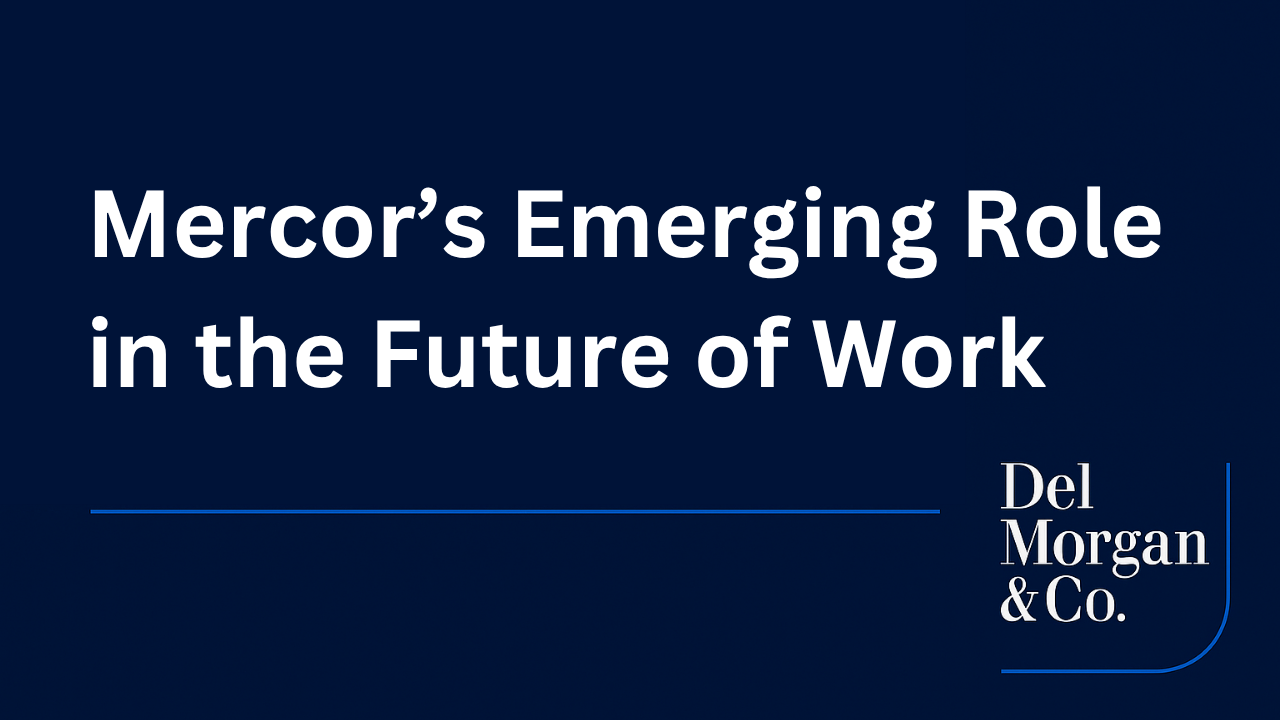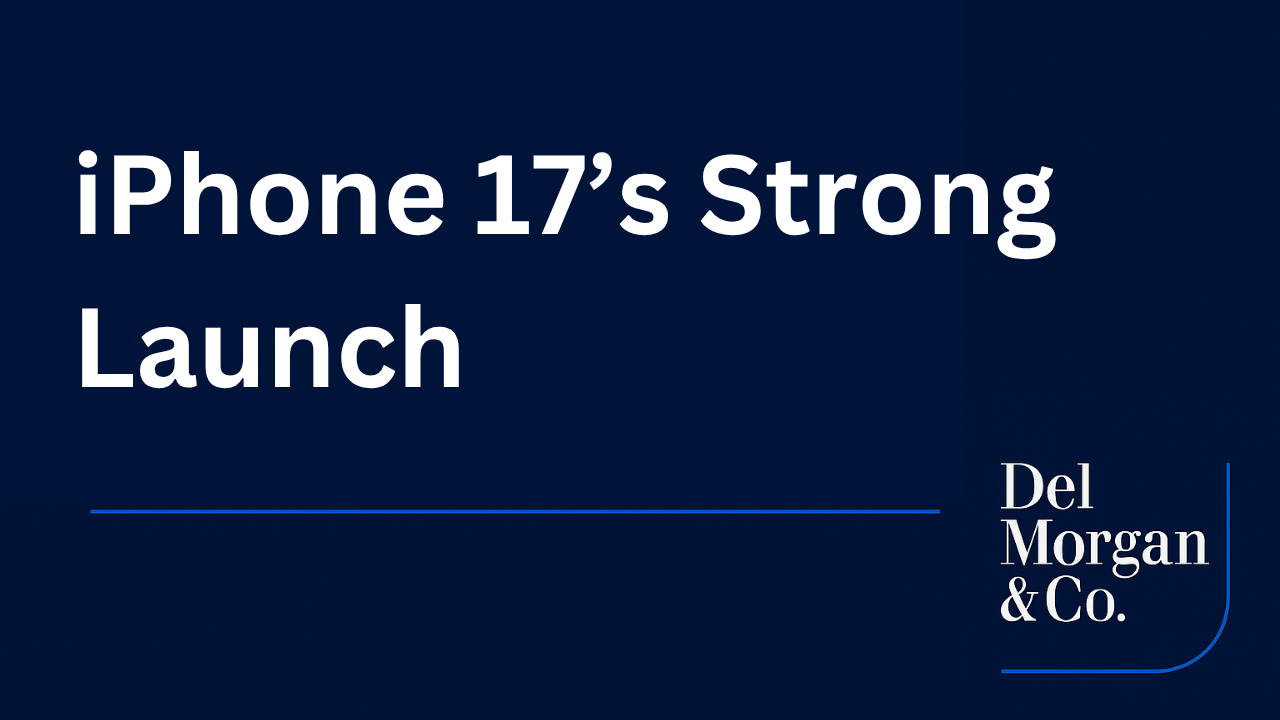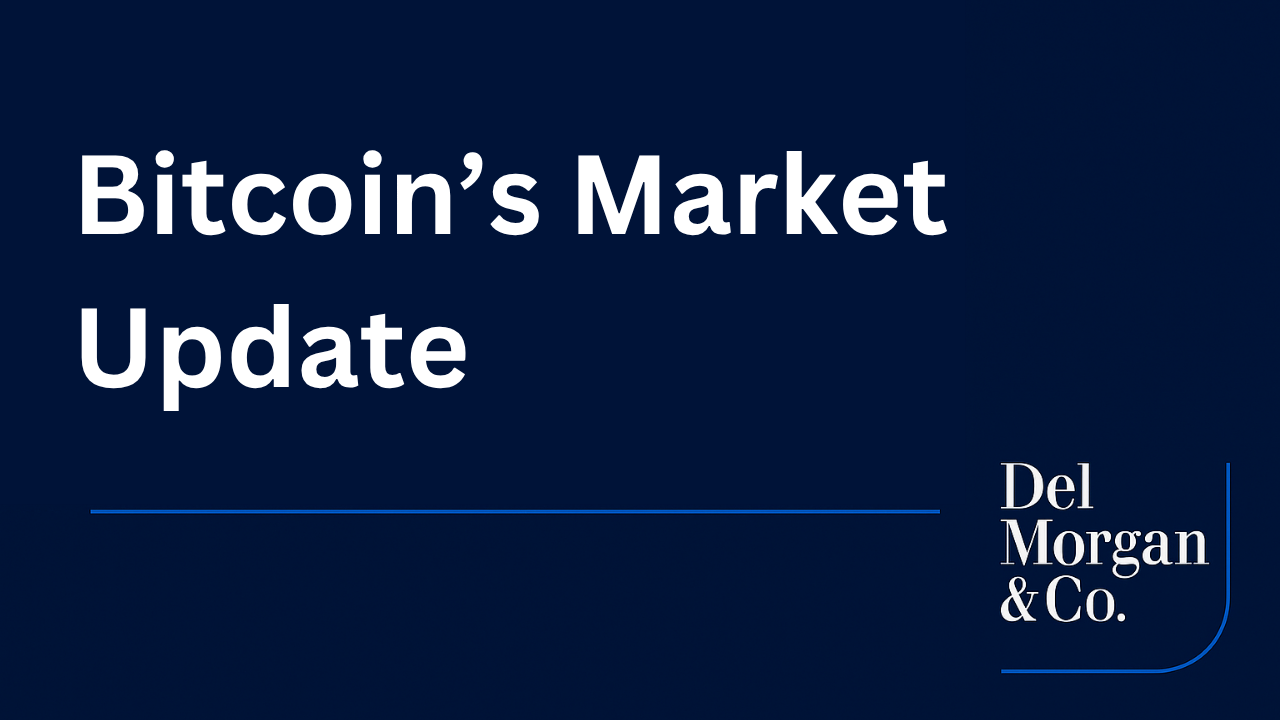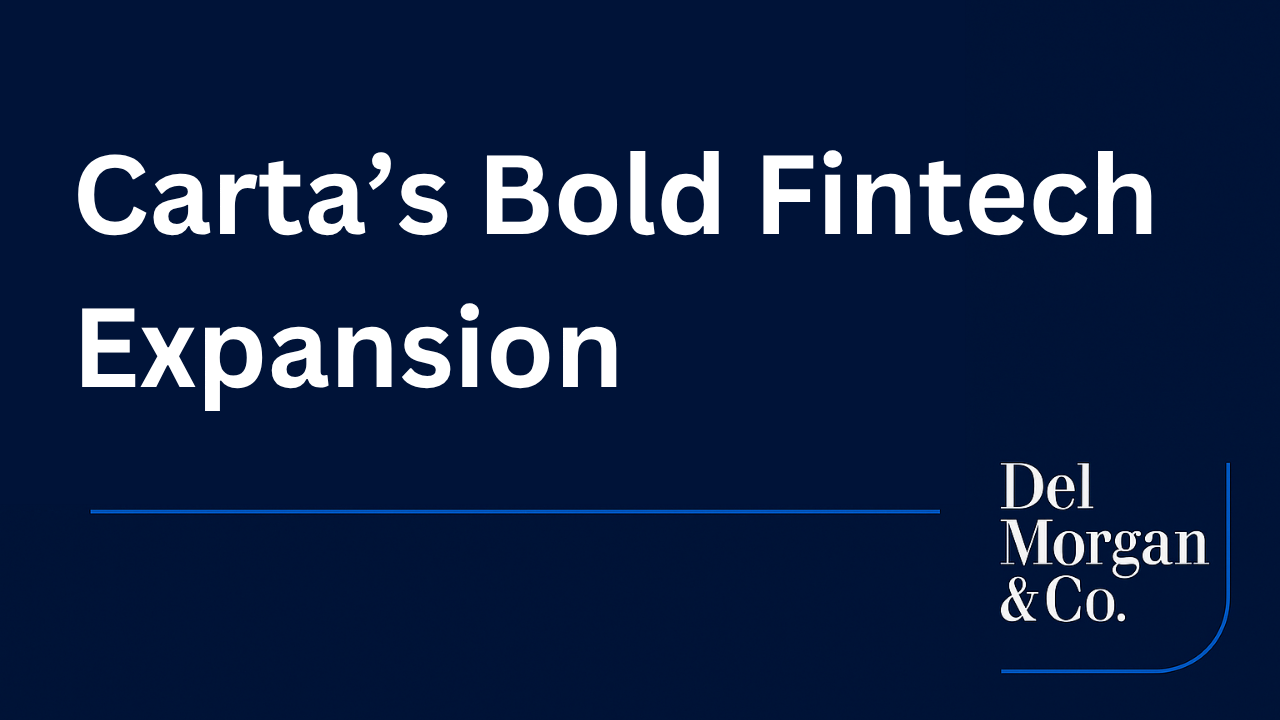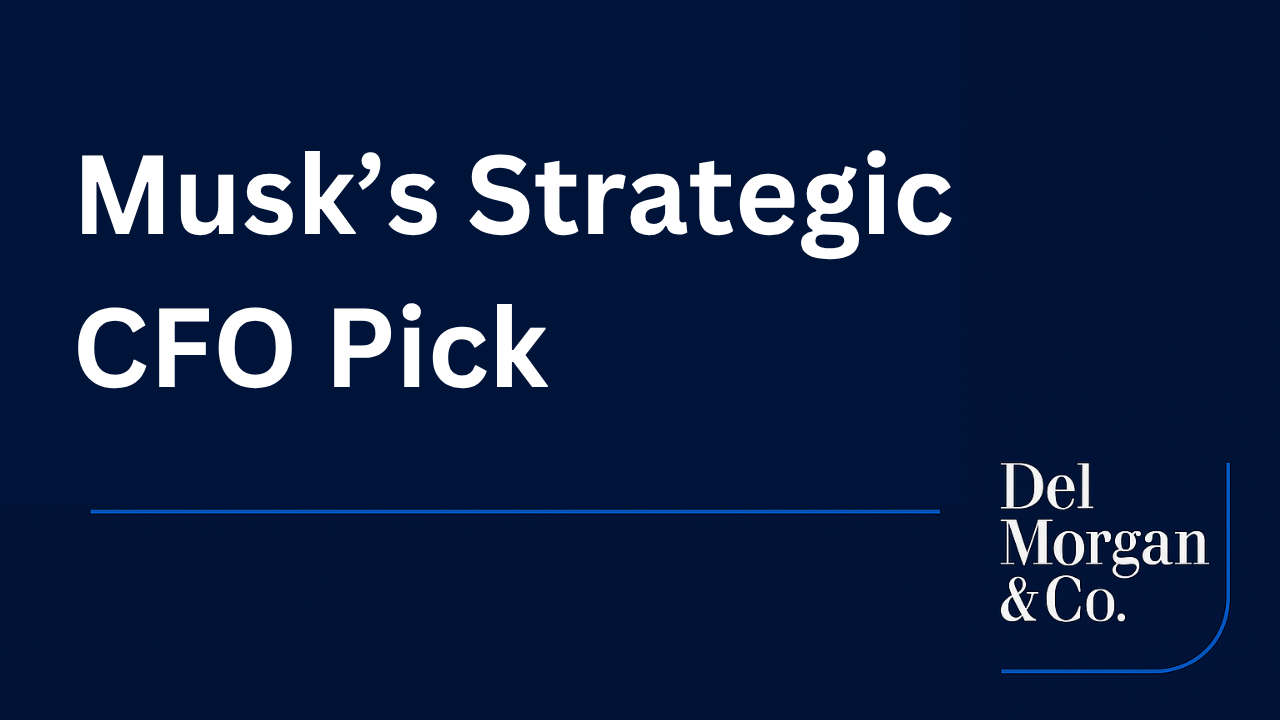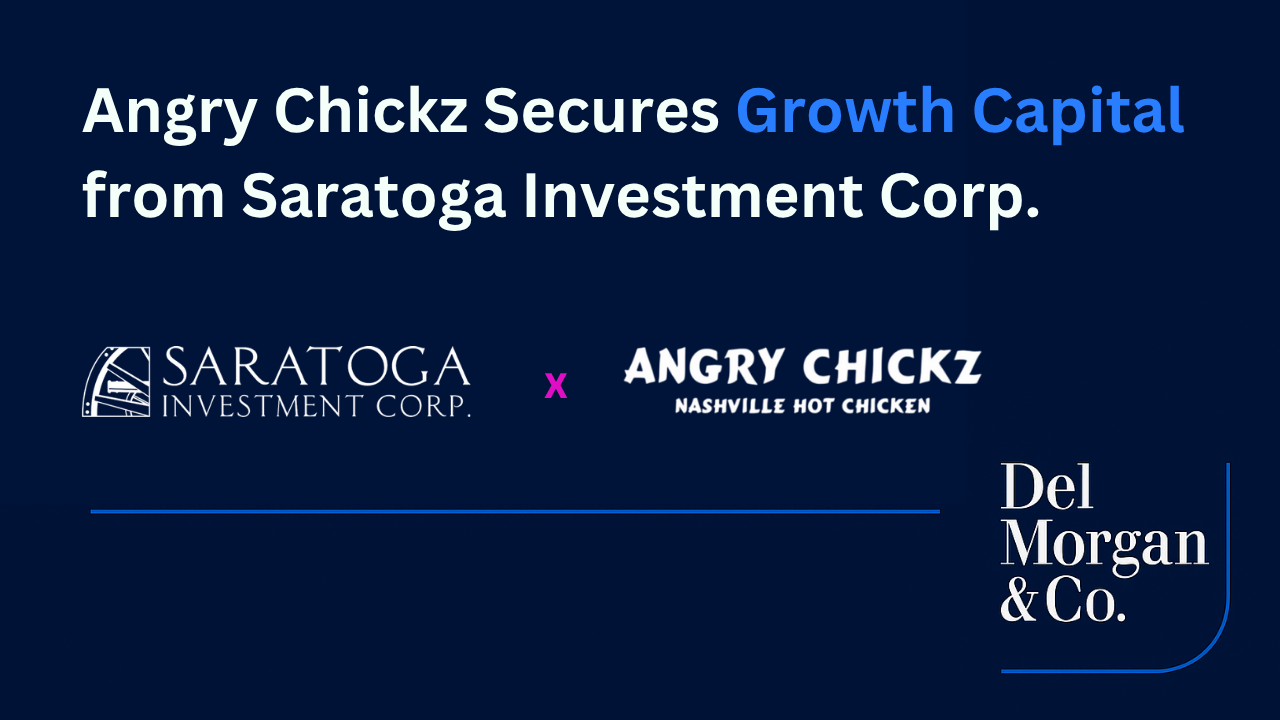Navigating the Digital Frontier of Financial Advisory
The wealth management industry is undergoing a seismic transformation, driven by the rapid rise of fintech platforms that are redefining how individuals and institutions manage their finances. However, the escalating costs of developing and scaling these technologies, coupled with heightened regulatory scrutiny, pose significant challenges. As fintechs innovate to democratize access to sophisticated financial tools, companies and investors face mounting pressures to balance technological advancement with financial and operational sustainability.
The recent $8 billion merger between Wealthfront and Betterment, two leading robo-advisory platforms, marks a pivotal moment in this landscape, highlighting the strategic imperatives and financial risks of consolidating to secure market dominance. This transaction offers critical insights into how fintechs are addressing the high-stakes demands of modern wealth management.
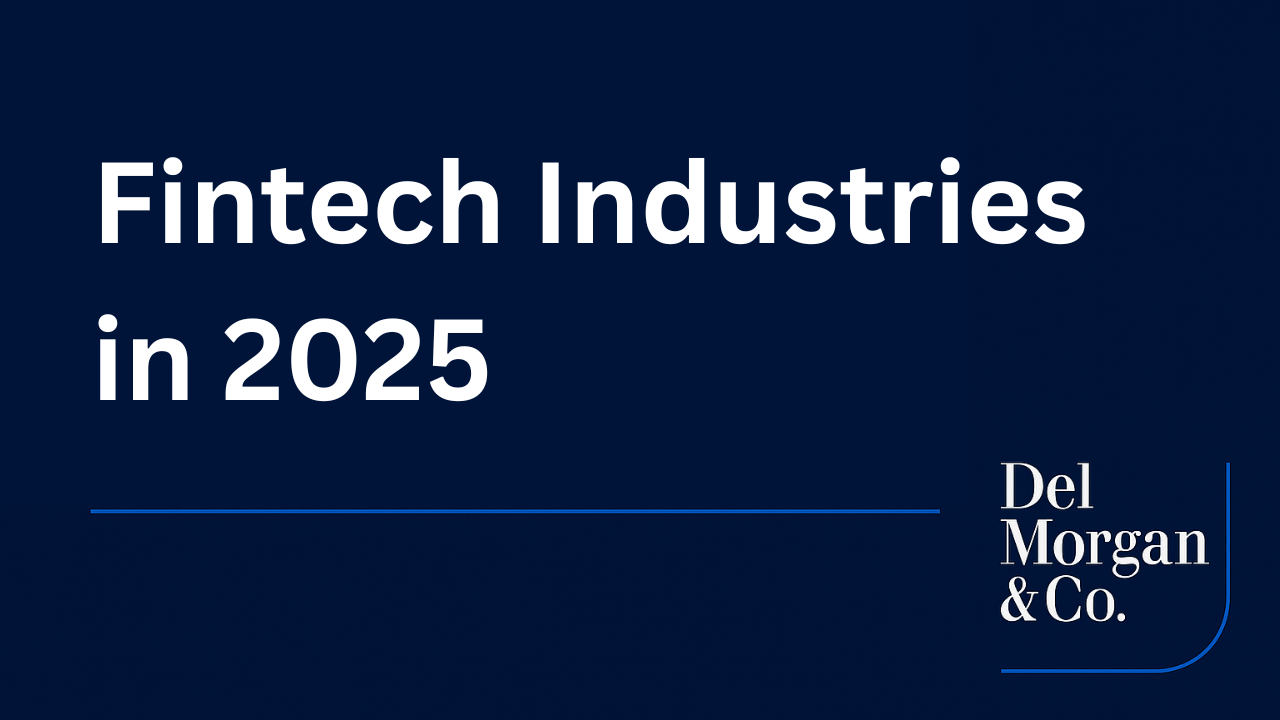
The Wealthfront–Betterment Merger
Delivering personalized, scalable wealth management solutions requires robust technological infrastructure and vast data capabilities. The $8 billion all-stock merger between Wealthfront and Betterment underscores this reality. Wealthfront, known for its algorithmic investing tools, and Betterment, a pioneer in automated portfolio management, have combined forces to create a fintech giant with over $60 billion in assets under management. This merger grants the combined entity access to advanced AI-driven advisory tools, enhanced data analytics and a broader client base, positioning it to compete with traditional wealth managers like Morgan Stanley and Goldman Sachs.
However, the transaction is not without risks. The integration of two distinct platforms with overlapping services raises concerns about operational redundancies and client retention. Additionally, the dilution of shareholder value and the challenge of aligning differing corporate cultures have sparked investor skepticism, reflected in cautious market reactions post-announcement. These dynamics highlight the complexities of scaling fintech operations in a competitive and capital-intensive sector.
The Rising Costs of Fintech Innovation
Building and deploying sophisticated fintech platforms—such as AI-driven robo-advisors or blockchain-based portfolio trackers—require significant investments in technology and talent. A single AI model for personalized financial planning can cost millions to develop and maintain, consuming resources equivalent to the annual budgets of mid-sized financial advisory firms. This surge in demand for computational power and skilled engineers is straining budgets in fintech hubs like San Francisco, New York and London, driving up operational costs and raising questions about long-term profitability.
Regulatory compliance adds another layer of expense. Global regulators are intensifying oversight of fintechs, particularly around data privacy and algorithmic transparency. Compliance costs for adhering to frameworks like the EU’s MiFID II or the U.S. SEC’s Regulation Best Interest are estimated to reach $3.5 billion annually for the fintech sector. These financial and regulatory pressures are prompting companies to reassess the sustainability of their business models.
Strategies to Mitigate Fintech Costs
To address these challenges, fintechs are pursuing innovative strategies. Consolidation, as exemplified by the Wealthfront–Betterment merger, is a key approach. By combining resources, firms can achieve economies of scale, streamline operations and reduce technology development costs. Major players like Robinhood and SoFi are similarly expanding their service offerings, integrating wealth management with banking and lending to enhance revenue streams and client retention.
Investments in alternative technologies are also gaining traction. Fintechs are leveraging open-source AI frameworks and cloud-based infrastructure to lower development costs while maintaining scalability. Partnerships with established financial institutions are another critical strategy, enabling fintechs to access regulatory expertise and client networks while sharing infrastructure costs. Additionally, some firms are exploring decentralized finance (DeFi) solutions to offer low-cost, transparent investment options, though these come with their own regulatory and security challenges.
Capital partnerships are proving essential, with venture capital firms, private equity funds and even sovereign wealth funds pouring billions into fintech startups. These investments reflect the delicate balance fintechs must strike between driving innovation and achieving financial sustainability.
Stock Market Dynamics and Investor Sentiment
Equity markets are responding to fintech developments with cautious enthusiasm. While broader indices have stabilized after recent volatility, investors remain wary of high valuations and rising operational costs in the fintech sector. Companies involved in wealth management technology, such as robo-advisory platforms and fintech-focused ETFs, have outperformed traditional financial benchmarks, signaling confidence in the sector’s growth potential.
However, market volatility persists as investors evaluate high-profile transactions like the Wealthfront–Betterment merger. Analysts warn of a potential “fintech bubble” driven by speculative enthusiasm for digital wealth management platforms. Investors are increasingly prioritizing firms with clear monetization strategies, whether through subscription-based advisory services, transaction fees or premium offerings for high-net-worth clients.
Broader Economic and Social Implications
The rise of fintechs is creating ripple effects across the economy. The affordability and accessibility of digital wealth management tools are empowering a new generation of investors, particularly millennials and Gen Z, who prioritize mobile-first, low-cost solutions. However, this democratization raises concerns about financial literacy, as less experienced investors may rely heavily on automated tools without fully understanding market risks.
The labor market is also evolving. While fintechs automate traditional advisory roles, they are driving demand for data scientists, software engineers and compliance specialists. The net economic impact remains uncertain, with debates over whether fintechs will displace more jobs than they create. Additionally, the concentration of fintech hubs in major cities is contributing to localized wage inflation, straining smaller firms’ ability to compete for talent.
Geopolitically, nations are vying to become fintech hubs through tax incentives, regulatory sandboxes and investments in digital infrastructure. The strategic importance of fintech has elevated it to a national priority, intertwining financial innovation with broader economic and technological agendas.
Long-Term Strategic Outlook
Looking ahead, fintechs face complex decisions as they navigate the interplay between technological innovation and financial discipline. The sustainability of current business models is under scrutiny, given the rising costs of technology development and regulatory compliance. Further consolidation in the fintech sector is likely, as firms pursue scale to mitigate cost pressures. Technological advancements, such as AI-driven personalization and blockchain-based security, will be critical in determining future industry leaders.
For investors, the key question is whether fintechs’ growth potential can justify the significant capital commitments and operational risks required. The Wealthfront–Betterment merger serves as a stark reminder of the high stakes and strategic imperatives defining this new frontier in wealth management. Ultimately, the future of fintech will be shaped not only by technological breakthroughs but also by the financial and operational realities of scaling these transformative platforms.
About DelMorgan & Co.
With over $300 billion of successful transactions in over 80 countries, DelMorgan‘s Investment Banking professionals have worked on some of the most challenging, most rewarding and highest profile transactions in the U.S. and around the globe. In the upcoming year we expect more high-quality deal execution for more clients and welcome the opportunity to speak with companies interested in potentially selling their businesses or raising capital.
